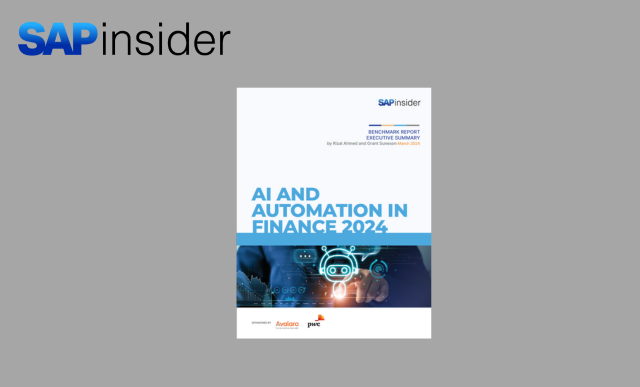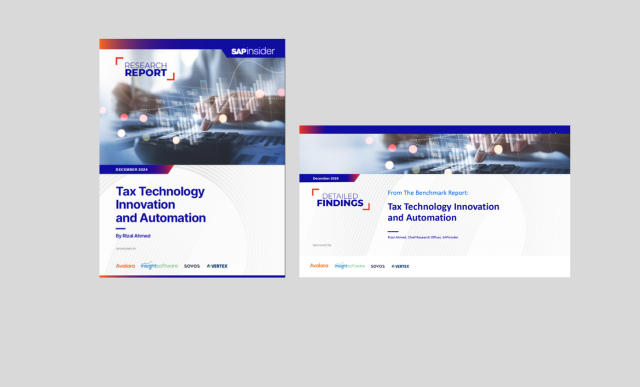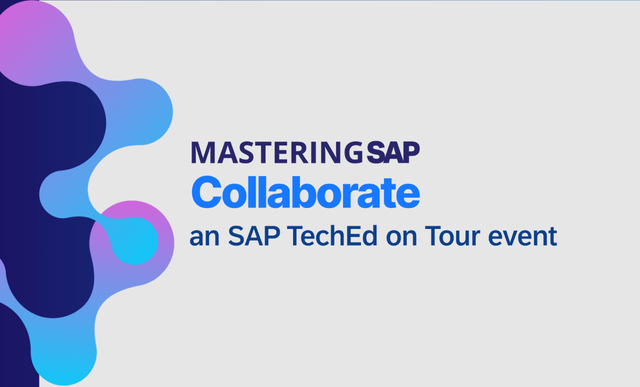ISO 20022 adoption is just the beginning: What to do now to lead in the new payment landscape
Reading time: 5 mins
Key Takeaways
ISO 20022 is a transformative standard for payment modernization that enhances data capabilities, improves fraud detection, and promotes cash flow transparency for financial institutions.
Successful migration to ISO 20022 requires comprehensive strategies that go beyond compliance, focusing on client integration, data validation, and ongoing innovation for competitive differentiation.
Financial institutions can leverage ISO 20022 to improve operational efficiency, enhance customer experiences with advanced services, and position themselves as trusted advisors through enriched insights and real-time visibility.
ISO 20022 is transforming payment systems for financial institutions by enhancing data management, fraud detection, and cash flow transparency, although successful adoption requires strategic planning to overcome challenges and maximize innovation.
ISO 20022 for financial institutions is ushering in a new era of payment modernization. With its structured and enriched data capabilities, this standard has the potential to revolutionize how banks manage payments, enhance fraud detection, and achieve cash flow transparency to dramatically improve global payments reconciliation. Yet, navigating this shift comes with challenges that extend beyond basic compliance. Financial institutions must rethink their strategies for effective ISO 20022 adoption to fully realize its value as a driver of innovation and enhanced customer outcomes.
Unlocking the potential of ISO 20022 for financial institutions
Migrating to ISO 20022 is a critical milestone for financial institutions, but it should be viewed as the beginning of a broader strategic transformation. Leveraging the opportunities ISO 20022 offers unlocks new efficiencies, develops advanced services, and creates lasting value for clients. Here’s how:
1. Strengthen connectivity
-
Enhance interoperability across global systems and payment networks.
Explore related questions
-
Streamline communication with corporate clients for easier transaction management.
-
Establish the foundation for advanced services like multi-country financial reporting and integrated cash flow management.
2. Enable real-time visibility and modernization
-
Access structured financial data in real time to support better decision-making.
-
Enhance liquidity forecasting with comprehensive insights into cash positions and funding needs.
-
Develop customer-centric innovation to meet evolving market demands.
3. Enhance fraud prevention
-
Use structured and enriched data to detect suspicious patterns with greater accuracy.
-
Improve fraud monitoring systems to reduce risk exposure for financial institutions and their clients.
-
Strengthen compliance with advanced tools designed to prevent financial crimes.
By adopting a forward-looking approach, financial institutions can transform ISO 20022 from an operational change into a driver of meaningful growth and differentiation in a competitive landscape.
How to overcome common ISO adoption pitfalls
Migrating to ISO 20022 is a significant milestone, but certain challenges can hinder financial institutions from harnessing its benefits. Being aware of these pitfalls and taking proactive steps to avoid them is key to ensuring a seamless transition.
Pitfall #1: Falling into the operational gap
Focusing solely on internal compliance leaves corporate clients behind, undermining the benefits of ISO 20022.
Solution:
-
Build integration tools and pre-validation services to facilitate seamless integration for corporate clients.
-
Engage early to assess readiness, address gaps, and streamline adoption.
Pitfall #2: Challenges with validation logic
ISO 20022 introduces enriched data structures that require updates to validation systems. Without adequate preparation, financial institutions and their clients may face errors, rejected messages, or operational delays.
Solution:
-
Implement pre-validation tools to ensure messages meet new standards.
-
Conduct rigorous testing to proactively identify and resolve issues.
-
Provide clients with clear, accessible resources to adapt to validation requirements.
Pitfall #3: Assuming corporate readiness
Not every corporate client is equipped to handle the transition. Small and medium-sized enterprises, in particular, may lack the resources or expertise to integrate with ISO 20022.
Solution:
-
Prioritize early engagement with clients to assess their preparedness.
-
Simplify the transition with user-friendly solutions, like ready-to-use XML integration tools.
-
Design customized migration plans that address diverse client needs and constraints.
Pitfall #4: Treating ISO 20022 as a one-time project
Viewing ISO 20022 migration as a one-time compliance task diminishes its transformative potential. Beyond meeting regulatory requirements, ISO 20022 offers opportunities to enhance efficiency, improve customer experiences, and future-proof systems.
Solution:
-
Take an iterative approach, continuing to refine processes post-migration.
-
Align ISO 20022 initiatives with broader goals, such as improving fraud detection and enabling real-time reporting.
-
Build long-term client partnerships to address evolving needs and foster sustained innovation.
Pitfall #5: Supporting outdated corporate-to-bank interfaces for too long
Continuing to support outdated corporate-to-bank interfaces may seem client-friendly at first, but it ultimately results in long-term challenges like higher costs, data conversion risks, and inefficiencies.
Solution:
-
Accelerate migration by phasing out legacy systems.
-
Provide tools, incentives, and support to help clients transition smoothly while ensuring minimal disruptions.
By proactively identifying and overcoming these pitfalls, financial institutions can ensure a smooth migration to ISO 20022. This approach mitigates risks while creating opportunities to innovate and strengthen client relationships in the evolving payments ecosystem.
ISO 20022 migration as an opportunity to differentiate
ISO 20022 adoption presents financial institutions with a unique chance to distinguish themselves in a competitive industry. By harnessing the enriched data, financial institutions can go beyond compliance and create value-driven solutions that set them apart. Here are key areas where differentiation is possible:
Harness enriched data to deliver advisory-level service
ISO 20022 empowers financial institutions to enhance compliance and risk management through structured, standardized data that provides a deeper understanding of financial activity. By leveraging enriched insights, institutions can transition to trusted strategic advisors. Examples of how ISO 20022 adoption creates competitive advantages include:
-
Improves compliance workflows, such as anti-money laundering (AML).
-
Streamlines onboarding processes to enhance the client experience.
-
Enables deeper insights to guide client strategy, positioning financial institutions as trusted partners rather than simply transaction processors.
Offer enhanced services with innovative tools
ISO 20022 enables financial institutions to introduce services that enhance both operational efficiency and customer experience. Examples include:
-
Self-service payment tracking: Real-time tracking tools provide clients with greater transparency, helping them oversee and manage transactions proactively.
-
Liquidity management APIs: Seamless access to tools allows businesses to optimize their cash flows and liquidity positions in real time.
-
Scenario modeling: Advanced tools for businesses to model financial risks and forecast cash flow under different conditions.
By seizing these opportunities, financial institutions can transform their ISO 20022 initiatives into a strategic advantage. Adopting the standard isn’t just a regulatory requirement; it’s a launchpad for innovation, improved customer loyalty, and meaningful long-term growth.
Simplifying the path forward
To simplify ISO 20022 adoption, prioritize platforms and partners that normalize message formats, accelerate testing, and offer built-in tools for onboarding corporates.
-
Simplifying corporate onboarding with intuitive tools: Streamline corporate onboarding with intuitive platforms that offer pre-built templates, guided workflows, and plug-and-play integration. For instance, at Kyriba, we’ve seen how pre-validation workflows and accessible integration features reduce friction for both financial institutions and their clients.
-
Ensuring seamless system compatibility: The enriched and diverse message formats introduced by ISO 20022 challenge system interoperability. Consider leveraging platforms capable of normalizing data for compatibility with various ERPs and legacy systems. At Kyriba, we’ve seen this method reduce operational errors and ensure smoother workflows across diverse ERP and legacy environments.
-
Accelerating migration to meet strategic timelines: Fast-tracking ISO 20022 adoption requires robust automation, pre-configured workflows, and extensive testing environments. Based on experience, Kyriba’s approach to facilitating these elements has demonstrated how organizations can achieve compliance sooner and unlock the operational benefits of the new standard more efficiently.
Shaping the future of payments with ISO 20022
ISO 20022 adoption is more than a compliance requirement; it’s an opportunity to reshape the future of finance. Financial institutions that view this transition as a strategic enabler can unlock efficiencies, deliver enhanced client experiences, and lead the charge in payment innovation.
By prioritizing real-time visibility, advanced tools, and collaborative partnerships, financial institutions can position themselves as trusted advisors in the rapidly evolving payments ecosystem. The time to act is now—not just to comply, but to lead. ISO 20022 is the foundation for smarter payments, deeper client relationships, and future-ready finance.
More Resources
See All Related Content-

-

-

-

Tax Technology Innovation and Automation 2024 Benchmark Report
Reading time: 1 mins

